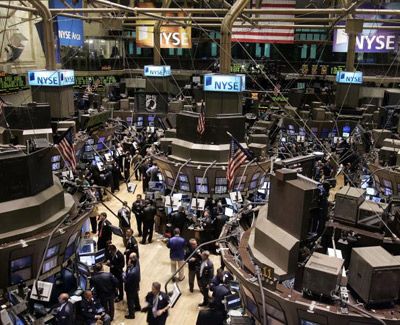When predominately white, college-educated city dwellers left New York City in the 1950s and 1960s for a safer life in the suburbs, the map of the five boroughs included an increasing number of "rough" neighborhoods: Times Square, Harlem and the Lower East Side in Manhattan, and vast swaths of Brooklyn. In some cases, these were places where you didn't want to be caught after dark. In all cases, however, they were racial and ethnic enclaves that were intimidating to outsiders, but home to generations of long-time residents who scraped by financially while nourishing a distinct local culture.
Today, many of these once-gritty neighborhoods are home to some of the most desirable, fashionable and valuable pieces of real estate in New York -- if not the U.S. So what changed? How and when was the run-down corner bodega replaced by an organic, fair-trade market? How did a block known for its pawn shops and dive bars become the new destination for "mommy and me" yoga classes and posh urban boutiques?
Advertisement
The process is called gentrification, and it is one of the most controversial topics in the field of urban development and in the very neighborhoods where gentrification is actively taking place.
The term was first coined by urban geographer Ruth Glass in the 1960s to describe the surprising phenomenon of upper middle-class British families buying property in London's gritty East End [source: Atkinson]. Glass, who was a Marxist, certainly meant the term to have a negative connotation. The word refers specifically to the gentry, or ruling class, and Glass's concern was for the fate of the low-income residents who might be displaced by the gentry's arrival.
Today, there is no consensus definition of gentrification, but it is most often used negatively to describe the arrival of wealthy people to a lower-income urban neighborhood and the eventual displacement of the original residents and their culture. Urban planner Benjamin Grant identifies the major changes that characterize gentrification:
- Demographic shift: Rise in median income; decline in racial minorities; fewer families and more singles and couples
- Real estate and land use: Rental and home prices soar; lower-income renters evicted to upgrade apartment buildings to condos; formerly industrial areas converted into lofts and luxury housing
- Social and cultural change: New arrivals bring their own tastes and expectations; new shops, restaurants and businesses pop up to suit them; "undesirable" neighborhood elements are pushed out
Next, we'll look at the gentrification process as well as some surprising research findings about displacement.

